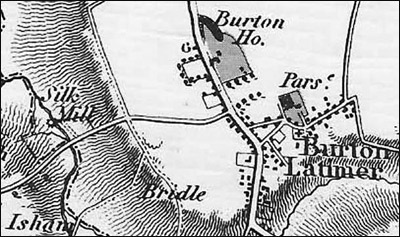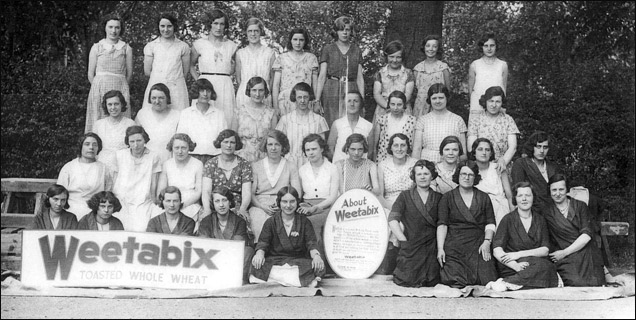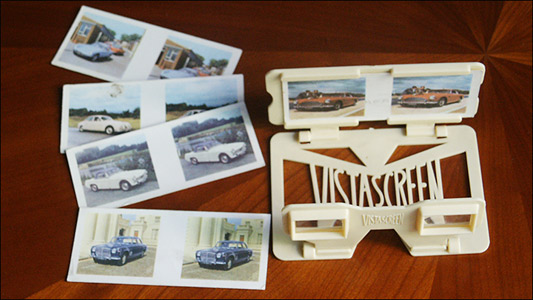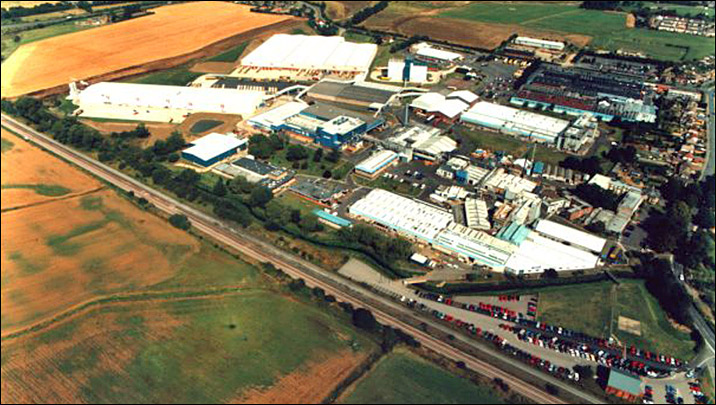|
||||||||
|
||||||||
|
Weetabix occupies an area next to the River Ise on the western edge of Burton Latimer. There has been a mill on this particular site for over a thousand years. It probably originated as a water mill to grind corn, but by the late 1700s it was a cotton mill. On Bryant’s map of 1826 (see below) it is marked as a ‘silk mill’. From the 1830s it was used intermittently for carpet manufacture.
In the 1860s the Wallis family took over the operation, and John and Thomas Wallis are listed as operating flour, chicory and mustard mills. From the mid-1870s to the 1920s, James Aspin Wallis lived at the ‘Isebank’, the large house adjacent to the mill. As well as being its manager, he played an important part in the life of the town, was chairman of the parish council twice and a prominent Baptist. In 1928 both T & J Wallis Ltd. and Whitworth Bros. of Wellingborough were listed as millers at Burton Latimer but soon afterwards the mill was disused. In1932 four businessmen, Bennison Osborne, an Australian; Malcolm Macfarlane, a New Zealander; Arthur Scrutton and Alfred Upton set up the British & South Africa Cereal Company Ltd, to market a product they called Weetabix and which they had been selling in In the 1930s, the staff employed at the site grew from less than forty (fifteen of them women packers) to nearly one hundred, and the expansion continued after the Second World War. The company developed its own transport fleet and even a private bus service to bring in workers from the surrounding district.
The stable of products grew, as new lines - like the muesli product ‘Alpen’ - were regularly introduced to the market. With further product launches like Weetaflakes and Farmhouse Bran, the company expanded rapidly, and so did its site. Weetabix acquired Ready Brek from From its earliest days, the company developed and maintained a high profile through merchandising. Coupons could be saved and redeemed for a whole range of goods bearing the Weetabix brand. Children in particular were catered for via on-box games or cut-out models, or in-box items like picture card series for use with 3D viewers, or to stick in books which could be specially ordered.
When commercial television arrived in the mid-1950s it was a natural move for the company to harness the power of the new medium. High-profile TV advertising has been maintained over the last fifty years. They play the role of marking periods of our lives and form part of our personal and cultural landscape. Through the use of effective advertising, often with a humorous twist in the storyline or the visual presentation, this very public face of the company has kept people informed and entertained. Since the company's beginnings with just a small workforce, Weetabix has grown to the point where it now employs more than 2,500 people worldwide and the
Recognition of the company has come in many forms. Weetabix holds Royal Warrants of Appointment from The Queen, the late Queen Mother, and from the Prince of Wales. And the company has gained the Queen’s Award for Industry. The company now has an impressive range of successful breakfast cereal products, and continues to introduce new lines. There is a more detailed coverage of the company, with stills and clips of some of its famous adverts, on the Society's DVD Click here to go to the Weetabix company website |
||||||||




